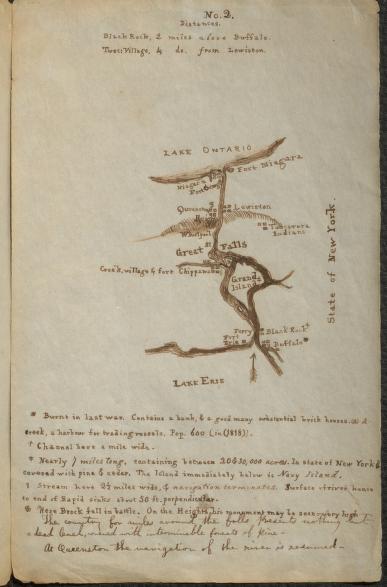A great way to find out about the social history of our ancestors is through newspapers. If you have British Columbia ancestors, you'll want to bookmark the University of British Columbia's BC Historical Newspapers website.
 |
| https://open.library.ubc.ca/collections/bcnewspapers |
I have a half great uncle, Robert Simpson Douglas. Born 1905 in Scotland as Robert Simpson Herd, he was a son of the first marriage of my great grandmother Mary Black McArthur. He emigrated to Canada as a British Home Child and ended up reuniting with his mother in Canada. He took the last name Douglas from my great grandfather James Henry Douglas, who seems to have unofficially adopted him and his brother, another British Home Child. A mining engineer, Robert ended up migrating from Ontario to British Columbia. He passed away in Vancouver in 1975. I decided to look into the newspapers available to see if I could find mention of him, his wife Matilda "Tilly" Patton, or his son George Robert Douglas. there are several ways you can search.
General Search
I used the general search first. The trick with the general search is to use quotations. Just typing in Robert Douglas will give me results showing all papers with both Robert and/or Douglas. By using "Robert Douglas" I can narrow down the results considerably. Robert moved from Ontario to BC sometime between 1937 and 1953. His son George was born in Kirkland Lake Ontario in 1937, and I first found Robert in BC Voter's Lists in 1953. I then filtered the results further by newest to oldest. You can do this by using the filter just to top right of the results:
 |
| https://open.library.ubc.ca/search?q=%2522robert%2520douglas%2522&p=0&sort=0&view=0&circle=n&dBegin=&dEnd=&c=6&collection=bcnewspapers |
Now in the results, you don't want to click on the title of the paper. That will take you to the first page of that particular issue. What you want to do is click on the Show Details button. This will give you more information and the page that the result appears on.
 |
| https://open.library.ubc.ca/search?q=%2522robert%2520douglas%2522&p=0&sort=6&view=0&circle=n&dBegin=&dEnd=&c=7&collection=bcnewspapers |
Then click on the page number. This will then take you to the page the result is on. You can zoom in and out, and you can also download the image to your computer.
Search by Newspaper
 |
| https://open.library.ubc.ca/collections/bcnewspapers |
I chose The Mining Review out of Sandon BC. I did not expect to find information of my great uncle because of the publication dates. However, it might give me some insight in the history of mining in the province. Once I went to The Mining Review page, you have two options. You can use a search term in the box at the top of the page:
 |
| https://open.library.ubc.ca/collections/bcnewspapers/xminingrev |
I used search first. I used the term engineer. The search results page works exactly the same as I described above when using the General Search. What I found in the "Mines and Mining" column on October 27 1900 was a tidbit about mining engineer Alex Sharpe. He was in the area looking over operations on behalf of the Burns-Wilson syndicate. But what I found farther down the page was really interesting:
"...The Noonday mine at Silverton, another property that paid the large wage for the short day during the lockout, and whose manager used to say could do it with profit, is in serious financial difficulties; and it is a question if the ownership is not changed all around before all is over..."
Now for me, the mention of a lockout is interesting. If I had a mining ancestor in that area and time period, I would want to research that lockout. To be honest, I want to anyway.
All in all this is a great site. It is very user friendly. As well, the images are very clear and crisp. I looked through several papers, and I did not find a bad image once. Underneath the images are the metadata information. You should have no problem doing source citations from the information given.




















